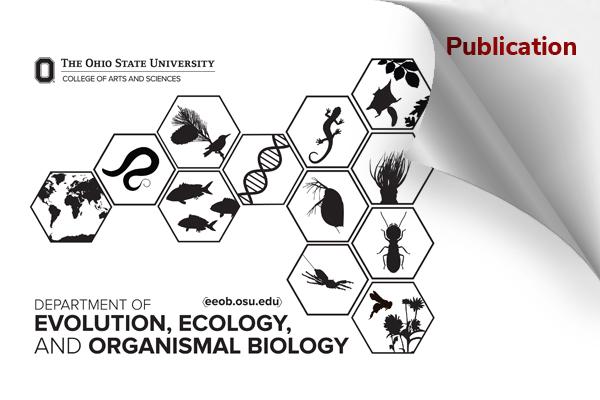EEOB Publication - Mouton

Stable isotope composition of feathers and foraging behavior parallel bill shape divergence of Island Scrub-Jays (Aphelocoma insularis) in...
Brooke Yeatts, Rebecca G. Cheek, James C. Mouton, Mario B. Pesendorfer, Scott A. Morrison, T. Scott Sillett, Cameron K. Ghalambor. 2025. Western North American Naturalist: Vol. 85: No. 2, Article 15.
Abstract
Individual differences within populations have important ecological and evolutionary implications for understanding population-level responses to environmental variation. We found evidence of habitat-linked differences in stable isotopic composition of feathers and foraging behavior of Island Scrub-Jays (Aphelocoma insularis), endemic to Santa Cruz Island, California, USA, which parallel phenotypic divergence in jay bill shape between pine and oak habitats. We used stable isotopes of hydrogen (δD), carbon (δ13C), and nitrogen (δ15N) from feathers and direct observations of foraging behavior to infer habitat-specific diet variation among Island Scrub-Jays. Although hydrogen isotope composition of feathers did not differ between habitats as we expected, jays sampled in pine habitat were more enriched in 13C, whereas jays sampled in oak habitat were more enriched in 15N. Foraging observations indicated that diets largely overlapped in the 2 habitats, but jays in pine were more likely to consume arthropods. Jays in pine habitat also used relatively more probing, sallying, and pecking foraging maneuvers to capture prey. These findings suggest new avenues of research for understanding how habitat-linked, phenotypic divergence shapes behavior and diet of the omnivorous Island Scrub-Jay.
